Bourbon and Birds
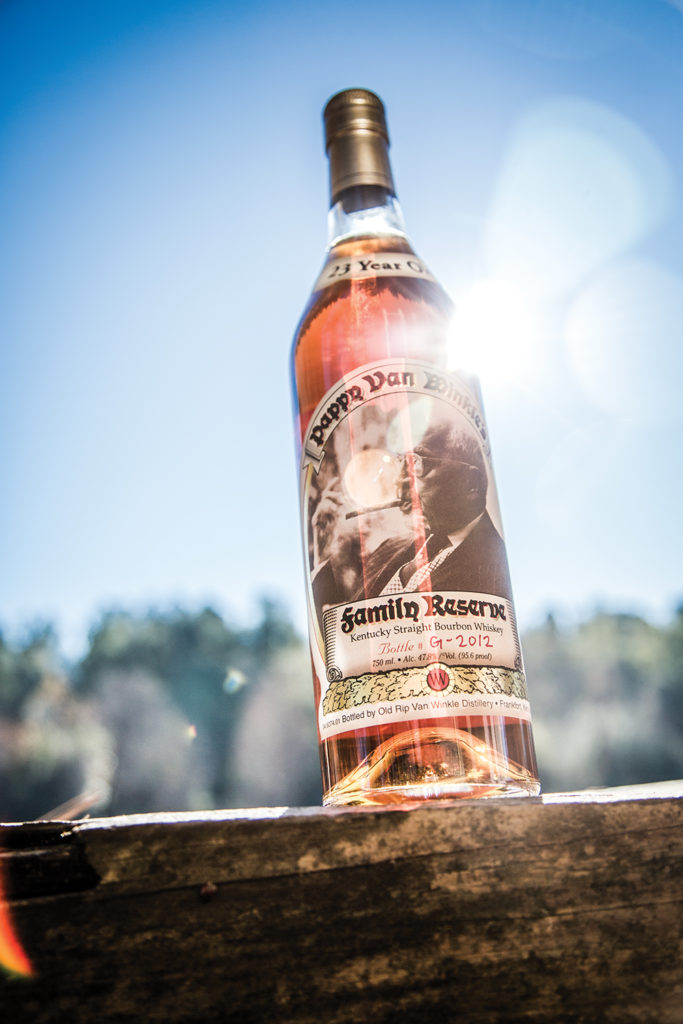
The history of whiskey is the history of America. From the early days of the republic, farmers made whiskey to reap value from their surplus grains. The potent elixir was prized as liquid currency for trade and as balm after hard toil. Of the presidents enshrined on Mt. Rushmore, Thomas Jefferson preferred wine to spirits, but George Washington was one of the young country’s biggest distillers, Teddy Roosevelt loved mint juleps, and before going into politics, Abe Lincoln sold Kentucky whiskey in his Illinois tavern.
If you can imagine a Mt. Rushmore of great American distillers, Julian P. “Pappy” Van Winkle would surely rate a place on it. For seven decades he was an ambassador for fine Kentucky bourbon. He was known nationally, thanks in part to magazine ads that appeared regularly in the 1950s and 1960s. Each featured a column of folksy wisdom from Pappy, espousing his steadfast approach to making bourbon. It boiled down to this: No shortcuts—“just a little help from Mother Nature and Father Time.”
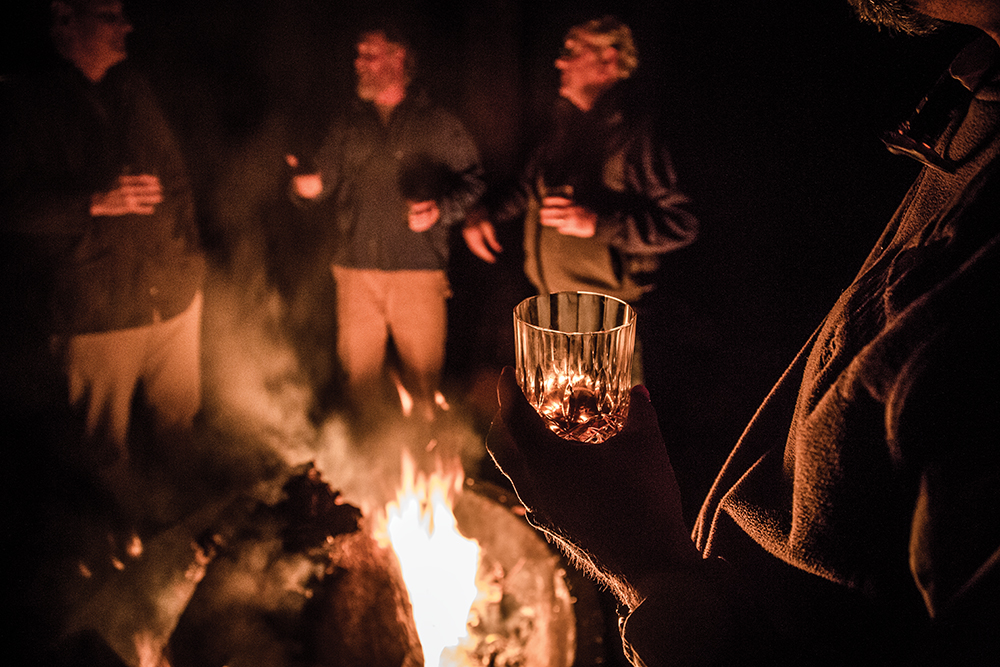
“Pappy was way ahead of his time in appreciating well-aged whiskey,” says his grandson, Julian P. Van Winkle III. He has carried on the family legacy, producing much-admired bourbon that has become as well known for its rarity as for its quality. Van Winkle’s whiskey output is nowhere near that of high-volume makers like Jim Beam and Wild Turkey. Critical kudos and limited allotments have made Pappy Van Winkle bourbon as hard to find as early-run tickets to the Broadway smash Hamilton—and, as with Hamilton, the scalpers get most of the inflated price. Bottles sell for hundreds of dollars online, and bars charge heady sums per serving. The 2013 theft of 200-plus bottles of long-aged Pappy from the distillery—worth up to $1,000 a bottle on the black market—only added to the mystique. One Louisville barkeep protested the brand’s cultish appeal by serving Pappy Jell-O shots.
Julian Van Winkle shares some of that disdain. “We don’t get the benefit of these prices,” he explains. “It’s people selling illegally or unjustly. I’m asked why I don’t raise our prices through the roof. I couldn’t sleep at night if I did that. I just want to sell good whiskey at a fair price.”
Happily there is no shortage of Van Winkle whiskeys during our weekend quail hunt at Duval Plantation in South Carolina. The 1,250-acre property near the Savannah River belongs to Bill and Janet Odom, founders of Manchester Farms, the country’s top producer of quail and quail eggs. The business is now run by the Odoms’ daughter, Brittney Miller, and her husband, Matt. They’re down for the weekend along with other guests, notably Julian and his wife, Sissy. All are welcomed by Ace, the Odoms’ spring-loaded Carolina Cur. “Don’t push him down,” Bill says. “He’s a squirrel dog—that’s what he was born to do.”
Given the affinity between bourbon and hunting quail, the two clans may have been fated to be friends (they met at a fundraiser for the Southern Foodways Alliance). Both families have long enjoyed gunning for birds. Bill Odom first raised the bobwhite quail he grew up hunting, before switching to more commercially viable Pharaoh quail (Coturnix japonica). Julian started hunting at an early age with his father and, occasionally, his grandfather. “Pappy was an avid quail and dove hunter,” he says. “His office closet was filled with hunting jackets and shotgun shells.” During hunting season he’d often be found in the meadow by the distillery, dressed in camo and shooting at quail or doves. He had a bird dog named Thunder that would pull a cart holding his clubs when he went golfing—a practical solution that garnered publicity when photos of Pappy and his canine caddy were published.
“Pappy was a character,” Julian says. The iconic label photo on the whiskey named after him shows a natty older gentleman smoking a cigar, his chin wreathed in smoke. Julian found it in a file—a momentous day, as it’s hard to think of another product for which a vintage photo carries so much brand value. The man in the photo appears worldly and wise, a boon companion for swapping stories and sipping whiskey. By all accounts, Pappy Van Winkle was a gregarious sort of man. “I’d go for 60 days by buggy and train, come back, and go right out again,” he recalled of his early career. “I didn’t mind. I got to know people in every town.” He even sold his whiskey to moonshiners, who’d use it to augment and mellow their white lightning.
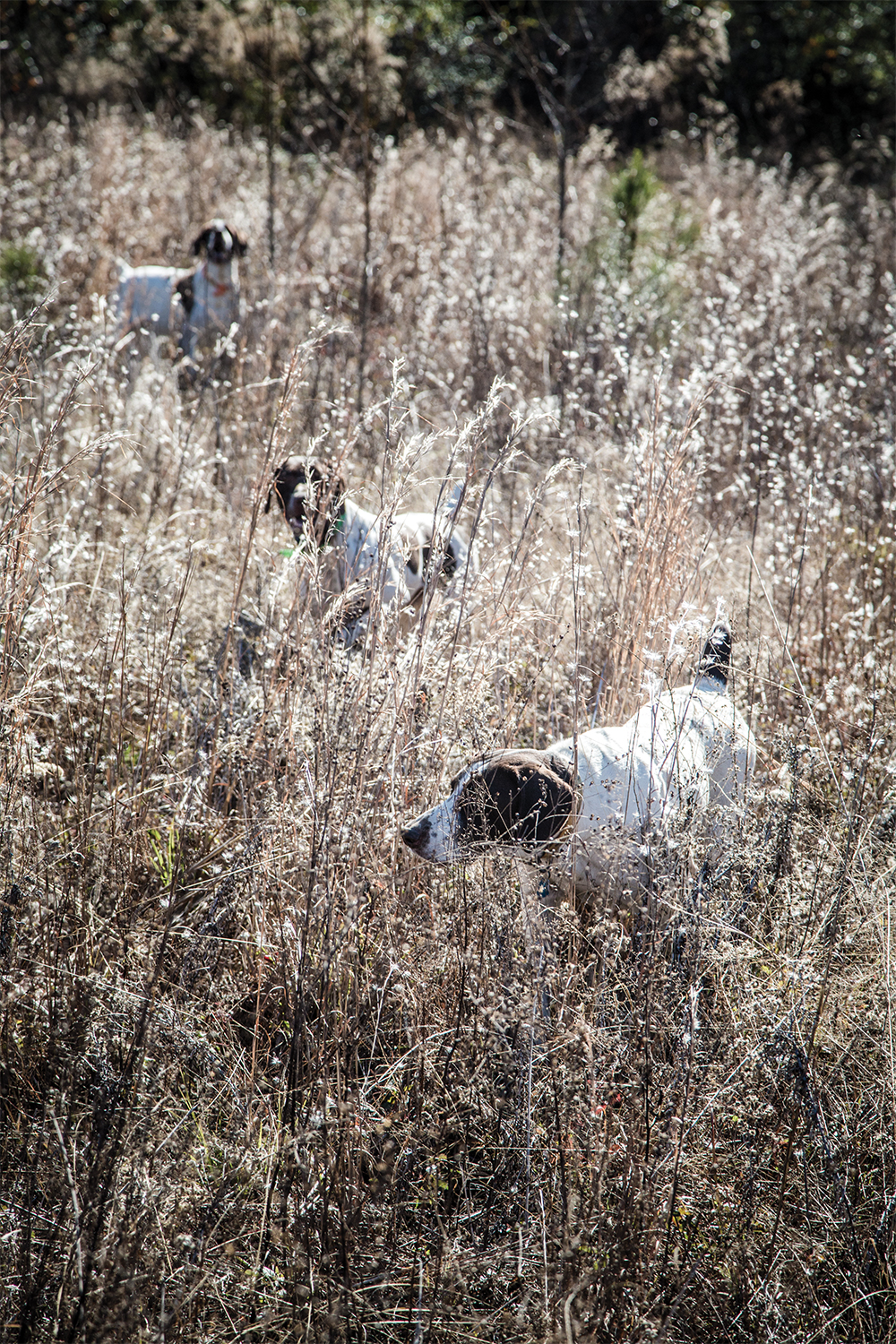
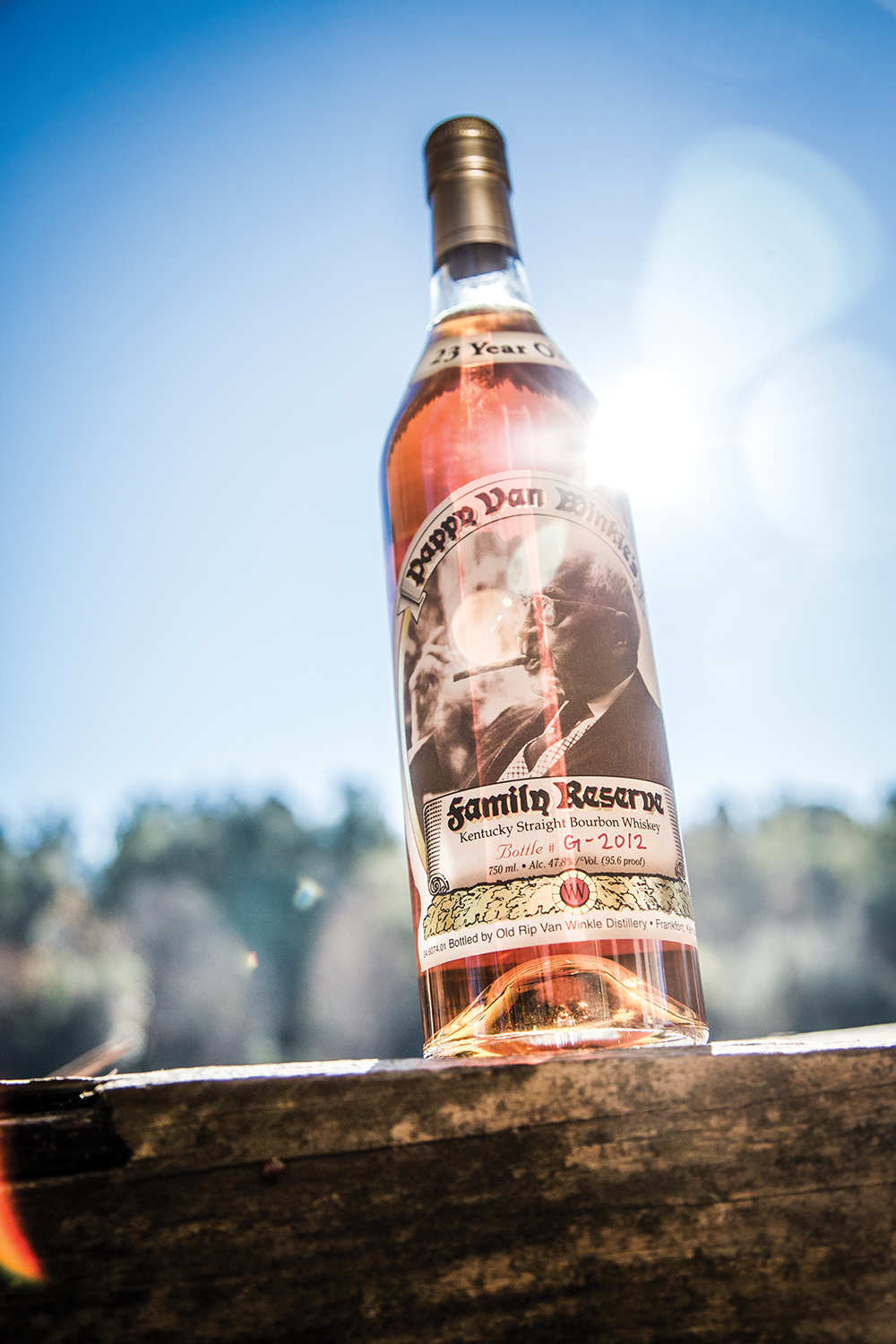
Pappy died in 1965. “The cigars and whiskey finally got the best of him at the age of ninety-one,” Julian says with a wry smile. Today he plays Pappy’s role of proponent for the Van Winkle way of making whiskey. Theirs are among a small number of wheated whiskies. By law, bourbon has to be made with at least 51 percent corn and aged in new charred oak barrels. “Most is made with corn and rye and malted barley,” he notes. “Ours is made with corn and wheat and malted barley. It’s like rye bread versus wheat bread—wheat is softer and sweeter on the tongue. We’ve been using the same recipe for more than a hundred years.”
Before dinner, guests have a chance to try a variety of first-rate bourbons, including those elusive Van Winkle elixirs. “People always ask why we don’t just make more of it,” Julian says. “We’ve been making more whiskey each year since 2002. People think we’re holding it back to increase demand, but we’re not. This isn’t vodka—we can’t make it today and sell it tomorrow. It’s all aged from 10 to 23 years. It takes a tremendous amount of capital to store and age whiskey.” One reason longer aging costs more is the famous “angel’s share”—barrels lose 10 percent to evaporation the first year, and 3 to 5 percent every year after that. But with each passing year the whiskey acquires more character.
Julian now has his whiskey distilled at the much-lauded Buffalo Trace distillery in Frankfort, Kentucky. Whiskey has been made continuously at this National Historic Landmark since at least 1792. It’s a good match—the distillery also makes Pappy’s old W.L. Weller brand, another wheated whiskey. Julian has been increasing production around 5 percent a year. Given the Van Winkle craze and the surging global demand for American whiskey, why not expand more? “We don’t want to get that big,” he says. “It’s more fun this way.”
The night’s feast features smoked Manchester Farms quail with a cherry reduction sauce, grilled pork chops with sherried mushrooms and sublime creamed spinach, and well-chosen wines. During dinner Julian tells of another sporting weekend, soon after the release of the first 20-year-old Pappy Van Winkle. “I was duck hunting in Arkansas with some good ole boys who liked to drink Crown Royal with Mountain Dew. I poured them some Pappy, and one of them reached for the soda. I said, “Hold it right there, pal—you’re not doing that to my whiskey!”
Every meal of the weekend was memorable, and so were the many tales told. Named for the street in Key West known for its nightlife, Duval Plantation has all the creature comforts. With its knotty cypress cladding, brick floors, and big timbers salvaged from an old mill in Columbia, the house feels warm and inviting. Wooden cases display artifacts found on the property, from fragments of early settlers’ china and clay pipes to museum-quality arrowheads. A deposit of high-quality chert drew Native Americans here to make arrowheads—and use them, in forerunners of this weekend’s hunt. There are even remnants of a still on the property, including broken Mason jars and barrel hoops—presumably busted up by revenue agents—more evidence that fate brought the Odoms and the Van Winkles together.
Another reason Julian is not cranking up production: He recalls when the Van Winkles had to weather tough times. Prohibition was great for bootleggers but forced hundreds of distilleries to close. Pappy’s Stitzel-Weller distillery in Louisville held one of the few licenses for medicinal whiskey. During the so-called Noble Experiment, labels on pharmaceutical pints proclaimed “Unexcelled for Medicinal Purposes.” Doctors prescribed whiskey for everything from heart murmurs to ingrown toenails. It was certainly healthier than bathtub gin.
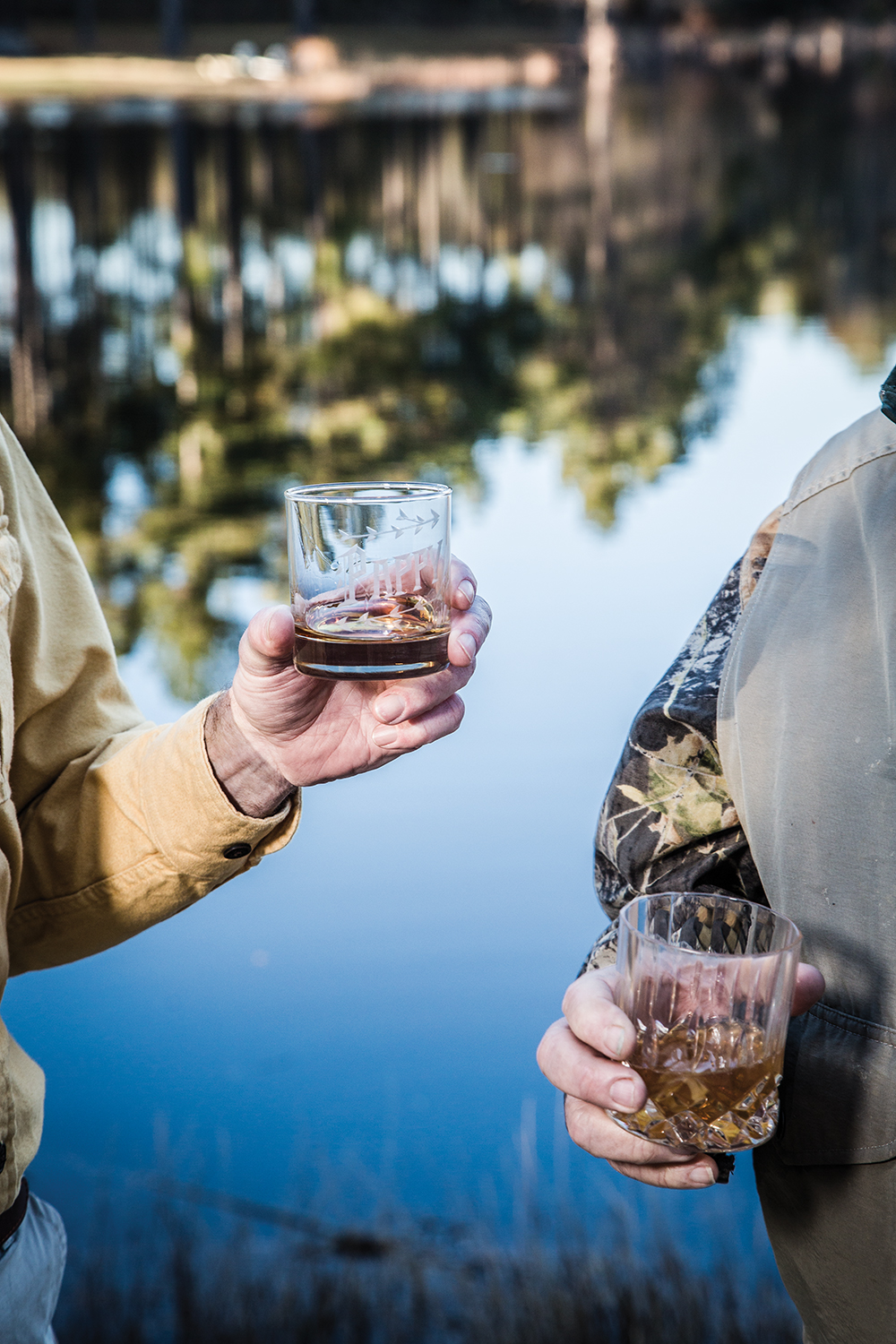
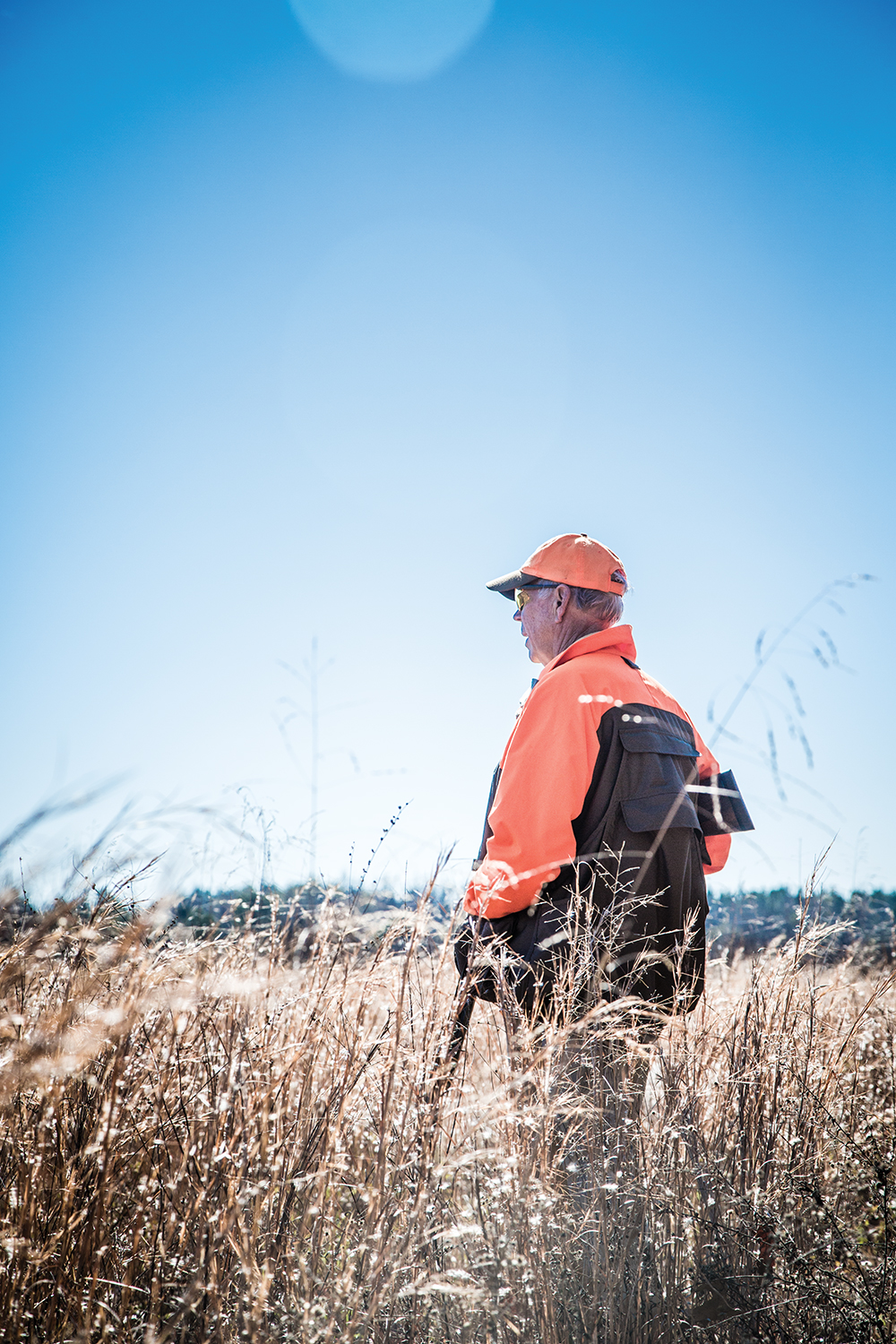
Julian’s father, Julian Van Winkle, Jr., became president of the distillery when Pappy retired in 1964. It’s hard to believe in our whiskey-loving age, but the popularity of brown spirits was dropping, no matter how much Jack Daniel’s Frank Sinatra and the Rat Pack tossed back. In 1972, under pressure from shareholders, he sold the distillery to the Norton Simon conglomerate, keeping only the rights to the Old Rip Van Winkle brand. During the 1970s bourbon sales declined by a quarter. In the era of fern bars and disco, white spirits were ascendant. What was a whiskey man to do?
As teenagers, both father and son had worked summers at the distillery—rolling barrels, cleaning fermenters, working in the cooper shop. They were steeped in bourbon wisdom. The fall in sales had a silver lining: It left a lot of good whiskey aging in Kentucky warehouses, including the one at their former distillery with the sign reading “Quiet, Whiskey Sleeping.” Even without a distillery, Julian’s father was able to obtain and bottle worthy bourbon. He sold some of it as Old Rip Van Winkle, some in novelty decanters commemorating colleges or holidays—a sales-goosing gimmick.
Having attended Virginia’s Randolph-Macon College, Julian started working for his father full time in 1977, taking over the company when Julian Van Winkle, Jr. died in 1981. At age 32, with four young children, this was a leap of faith in a profit-starved business. In 1983 he bought a decrepit warehouse and bottling facility south of Louisville. With little help but a lot of hustle, he kept the operation going.
The day of the hunt is crisp and clear. The lead vehicle, called The Rooster, is a chop-shopped Ford Econoline van, a one-of-a-kind Carolina Land Rover well-suited to the sweep of brushy fields where the birds await. They prove to be fast and loose. The English spaniels flush more than they end up having to retrieve, though Julian and Bill bag their share. Some of the ladies are hunters, but on this day they choose to observe from a quad ATV. Toward the end of the chase they break out champagne with a toast to “birds and bubbly.” The plump quail are taken back to the house, where a sumptuous late lunch is laid out.
Bourbon’s comeback began in the late 1980s and 1990s. In 1995 Julian bottled the first 20-year-old Pappy Van Winkle’s Family Reserve, the only 20-year-old bourbon on the market. The following year, at the World Spirits Championships in Chicago, it received a rating of 99—the highest rating the Beverage Testing Institute had ever given a whiskey. His 15-year-old Old Rip Van Winkle was a close second, with a score of 97. His hard work and savvy had paid off—discerning buyers clamored for a taste of the top-rated bourbons.
From 2000 to 2010 American whiskey production increased by 50 percent, and demand has remained strong, fueled by new products—from elegant small-batch bottling to dubious flavored whiskeys and faux moonshine. In 2001 Julian’s son, Preston, joined the company, doubling the size of the sales team and extending the Van Winkle legacy to the fourth generation. In 2011 Julian received the Outstanding Wine and Spirits Professional Award from the James Beard Foundation.
He finds himself in the position of an artist whose works appreciate after he sells them, commanding huge premiums at auction. No doubt, that and the misinformed criticism he gets are annoying. But what counts for Julian Van Winkle is making superb whiskey. He’s proud to uphold Pappy’s credo, expressed on a plaque displayed at the distillery: “We make fine bourbon, at a profit if we can, at a loss if we must, but always fine bourbon.” “That,” he declares, “says it all.”
Originally published in Volume 5, Number 3 (April-May 2017) of Covey Rise.
WANT TO RECEIVE STORIES LIKE THIS FIRST?
























